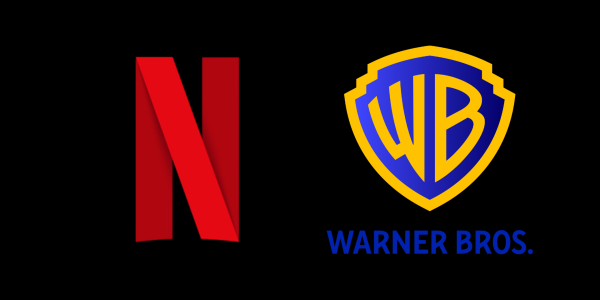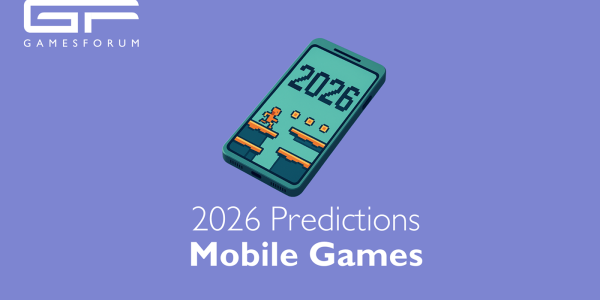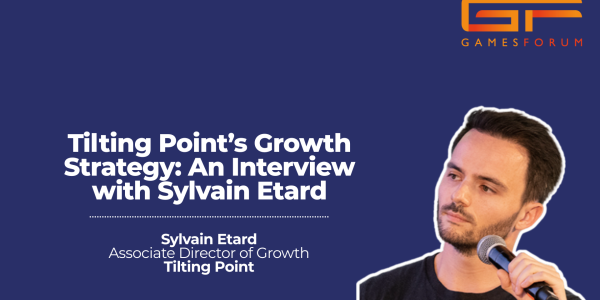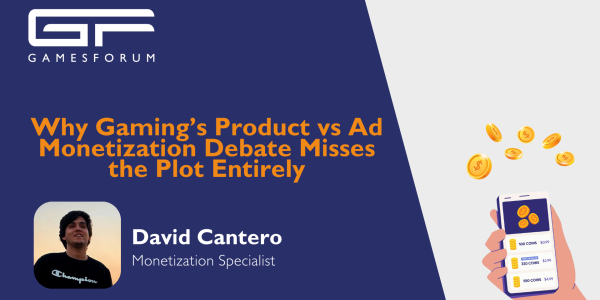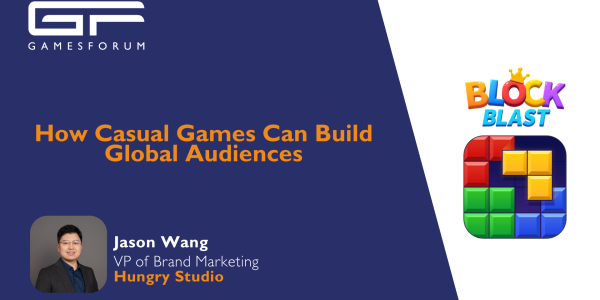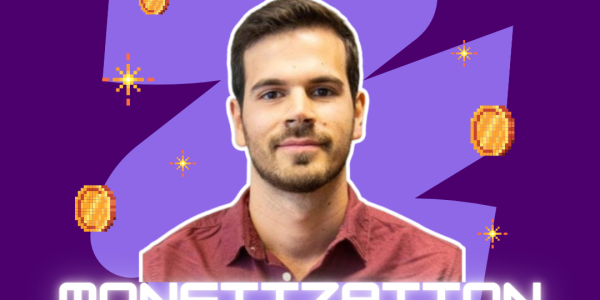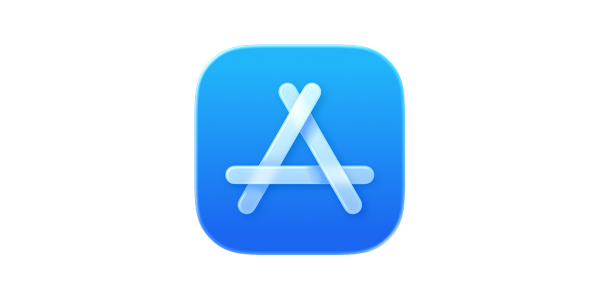Striking the delicate balance between IAP and IAA
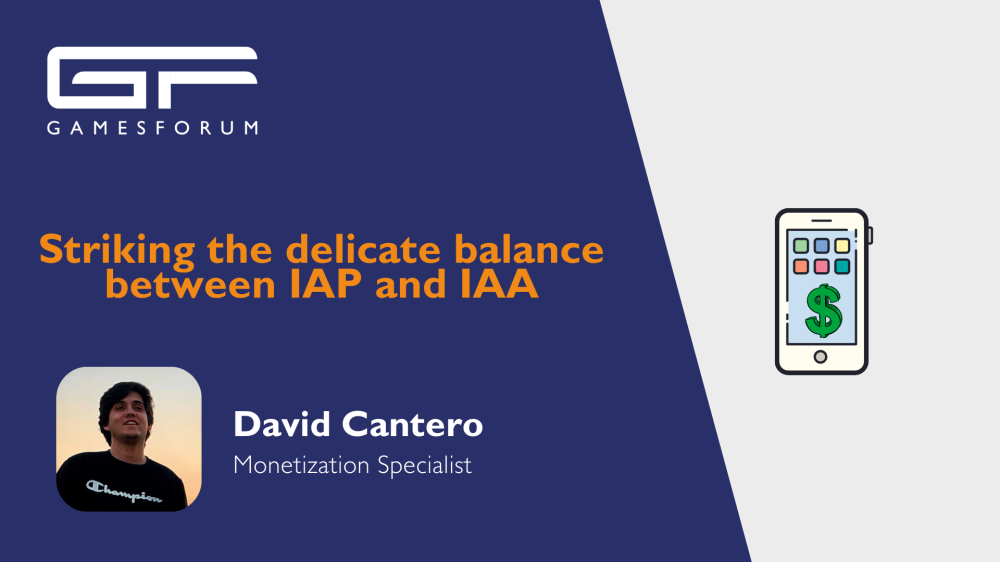
In today’s mature market where player attention is scarce and user acquisition costs keep rising, the real question isn’t which model to choose, but how to balance them effectively at the same time. For years, the mobile gaming industry has debated which monetization model was “better”: in-app purchases (IAP) or in-app advertising (IAA). But that debate has run its course, finally hybrid monetization is here and publishers and developers explore ways to adapt both models together.
Hybrid monetization has become the norm across publishers of all sizes. It’s no longer about flooding the game with ads or relying on a tiny fraction of paying users. The goal here is to build sustainable economies that generate consistent revenue without hurting player experience on a certain level.
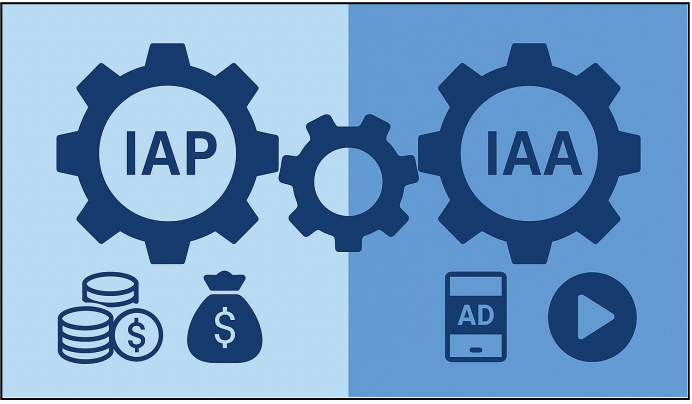
From “IAP vs IAA” to “Hybrid Model”
In the early free-to-play era, IAPs dominated. The strategy was simple: convert a small percentage of users into spenders. But as the market matured and casual games exploded, relying only on IAPs became too risky. Revenue was increasingly concentrated in a few “whales,” leaving the majority of players unmonetized.
That’s when IAA emerged as a more democratic solution. Suddenly, every user could contribute value through ad engagement. Yet, the pendulum quickly swung too far with interstitials and rewarded videos crowding the player experience. Retention and satisfaction took a hit.
Today, the industry seeks a more refined approach: a hybrid strategy where IAP and IAA complement, rather than compete with each other.
The Pros and Cons of Each Model
IAPs deliver high-value and predictable revenue when they work. But typically, only a small percentage of players ever spend. IAA, on the other hand, offers scalability and inclusiveness, allowing all players to generate value without a direct spend. The tradeoff? Overuse can erode user experience and retention.
The most common mistake is evaluating each channel in isolation. For IAA optimising purely for eCPM might boost short-term ad revenue but reduce long-term session length or conversion potential. And focusing only on IAP conversion might leave significant ad revenue on the table.
The truth is that both models influence each other, poorly integrated ads can discourage spending, while unbalanced game economies can make ads feel intrusive.
The Role of Product and Monetization Teams
This is where collaboration becomes essential. Monetization can no longer exist in isolation, the product, data, and ad monetization teams must work together from day one. Ad placement strategy, level progression, economy design, and offer timing must be aligned under a shared vision of lifetime value (LTV). The goal isn’t just to maximize revenue, it’s to do so without breaking player flow.
In my experience, the best outcomes happen when product and monetization speak the same language - the language of data. When both teams share hybrid KPIs like combined LTV, ARPDAU and retention, decisions become more strategic and consistent across the game’s lifecycle.
How to Find the Smart Balance
There’s no universal formula for achieving the perfect IAP / IAA balance , each game genre, audience, and lifecycle stage demands a different approach. Still, several key principles consistently separate studios that merely monetize from those that build sustainable revenue ecosystems.
The first principle is player segmentation. Not all players have the same value drivers or tolerance toward ads. “Spenders”, those likely to make IAPs, should have a smoother, less intrusive experience, often supported by contextual rewarded ads or optional engagement mechanics. On the other hand, “ad-engaged” users can become the financial backbone of your product if given a well-paced, rewarding ad experience. Segmenting for example by behavior, engagement depth, and retention curve allows monetization teams to tailor both ad strategy and offers dynamically.
Second principle, experiment relentlessly. Monetization balance is not a one-time setup but an ongoing process of testing and validation. A/B tests of frequency caps, rewarded video placement, and ad-free bundles can uncover the real elasticity of your economy. The most successful games approach monetization as a living system, measuring not just short-term revenue but also its downstream impact on retention and long-term LTV.
Third one, track hybrid KPIs that reflect total player value. Looking at IAP ARPDAU or eCPM separately can lead to local optimizations that harm the global picture. But by focusing on hybrid LTV (combining both Ads and Purchase contributions), teams can understand the full monetization potential of each user segment and adjust UA strategies accordingly. It also allows clearer forecasting and better mediation tuning based on real value rather than surface metrics.
Fourth, use technology wisely when it is needed. Automation and machine learning can be powerful allies, using predictive models can anticipate churn risk, dynamic waterfalls can react to real-time fill rates, and adaptive ad pacing can personalize exposure without breaking UX. However, don’t forget that tools are only as effective as the strategy behind them. Because human insight remains as the main factor to understand player motivation and game design, being the foundation of any monetization success.
Finally, remember that balance is not static. As games evolve through liveops, new features, and seasonal events, the monetization mix must evolve too. The best teams build and are ready to adapt, where experimentation, data, and empathy for the player coexist at the core of every decision.
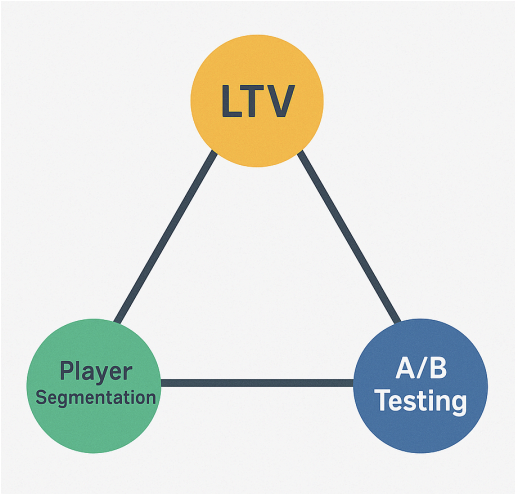
Final Thought
The future of monetization isn’t about choosing between IAP or IAA. It’s about designing experiences where both coexist harmoniously, enhancing player value and business sustainability alike. Games that achieve this synergy won’t just generate higher revenue, they will earn deeper loyalty and longer lifecycles. Time to stop the old industry mentality “IAP = good games” “IAA = Shit games”. Because at the end, success in monetization isn’t about how much you earn, it’s about how you earn it without breaking the magic of play.

